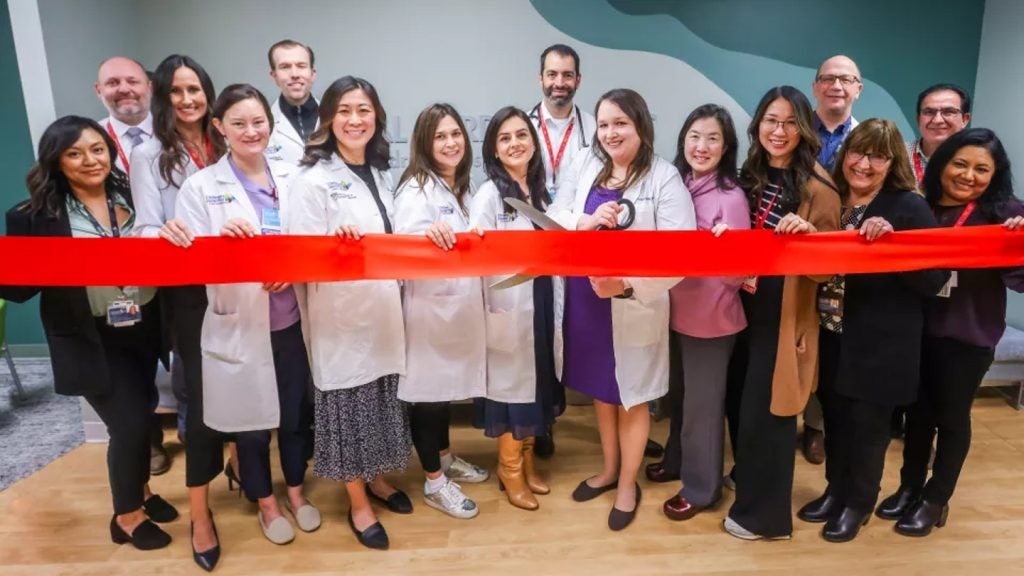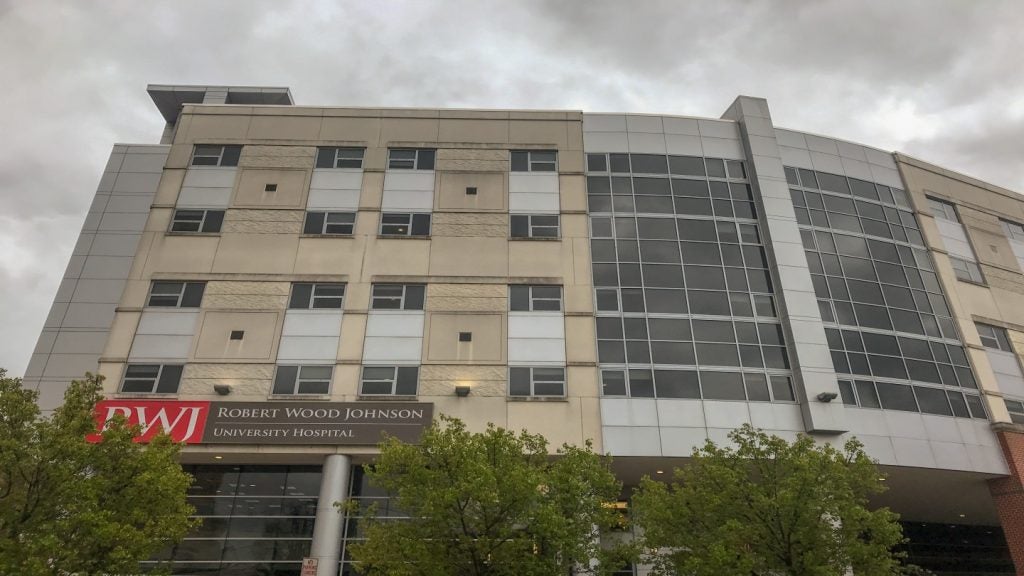The American Heart Association estimates that more than 79 million Americans have one or more forms of cardiovascular disease, with nearly 16 million suffering from coronary heart disease and nearly eight million having at some point suffered a myocardial infarction, or acute heart attack.
For cardiovascular physicians, the rise of CT scanning has become an invaluable part of their medical armoury in tackling cardiovascular disease. As the technology evolves and improves, so CT scanning is changing the way physicians diagnose and treat patients suffering from cardiovascular ailments.
“There have been tremendous advances in the technology for computed tomography. Since the four-slice CT scanner, we have now gone through a number of generations of CT scanners and they have become so much faster,” says Dr Suhny Abbara, director of the cardiovascular imaging section of the department of radiology at Massachusetts General Hospital.
“The way for us to look at athlesclerosis traditionally was either through an invasive angiogram or a nuclear cardiology test. But the nice thing about CT is that it gives us an alternative and allows us, for some patients, to look directly at the coronary artery without having to undergo an invasive angiogram,” he adds.
MULTI-SLICE SCANNERS
See Also:
The first commercially viable CT scanner was invented in Hayes in the UK in 1967 and presented to the world five years later. But it was the development of multi-slice CT scanners from the late 1990s onwards that really began to make a difference to cardiovascular diagnosis.
How well do you really know your competitors?
Access the most comprehensive Company Profiles on the market, powered by GlobalData. Save hours of research. Gain competitive edge.

Thank you!
Your download email will arrive shortly
Not ready to buy yet? Download a free sample
We are confident about the unique quality of our Company Profiles. However, we want you to make the most beneficial decision for your business, so we offer a free sample that you can download by submitting the below form
By GlobalDataMulti-slice scanners, which allow large volumes to be scanned following intravenous contrast administration, are particularly useful for CT angiography techniques, which rely heavily on precise timing to ensure good demonstration of arteries. From the four-slice scanner, the technology rapidly developed through the 16-slice and then the 64-slice (introduced around 2004).
“The 64-slice scanner is when things really took off,’ says Abbara. “It has a much faster spinning gantry, and depending on how fast it is spinning, it makes for much better temporal resolution. So there is a much better likelihood of getting a motion-free image with no blurring.”
The big advantage of this is that, much as a faster shutter speed on a camera gives a clearer image, so the faster the scanner the less chance there is of the image being blurred. “For patients with a low heart rate, the majority of their segments will be motion free,” Abbara says. “And if there is very dense calcification of the heart, you can just look at that, too.”
Other patients who can benefit include those with low to moderate risk, patients with coronary anomalies and those with congenital heart disease. It is also hugely valuable in that it has a high negative predictive value – ironically, the greatest use of cardiac CT is in ruling out coronary artery disease rather than finding it. In other words, because the technology is so sensitive, a negative test means a patient is highly unlikely to have coronary artery disease and so other causes
for their symptoms can be investigated.
A positive result, more often than not, will be confirmed by an angiograph, and probably treated at the same time.
“CT can be very useful where, for example, we have a patient where we are not exactly sure whether they have an obstruction, but do not feel confident enough to do nothing,” Abbara says. “In the past we might have carried out a perfusion test, but they are not entirely accurate. Or we would have had to have bitten the bullet and done an invasive test.”
In the US some five million people are admitted to A&E each day on the suspicion that they have suffered or are about to suffer a heart attack. For those patients where there is a very high suspicion of heart disease, where they have already had an attack, or are considered at high risk of having one, the diagnosis is simple enough – they need to go straight on to treatment.
But for those in “the grey area”, where it is not clear whether there may be significant heart disease or a risk of myocardial infarction, being able to offer or take a CT scan can be hugely beneficial.
Whereas in the past a large number of these patients would have been admitted as a precaution, now many more are able to be sent home, says Abbara.
“We would have admitted more than would actually have had a heart attack,” he says. “But now we are able to send a large number of patients home, saving a lot of time and money, but more importantly, in the knowledge that we are not missing anyone.”
The technology continues to evolve. Dual source CT scanners were introduced from 2005. These give higher temporal resolution by acquiring a full CT slice in only half a rotation. They are particularly useful for patients who have difficulty holding their breath or who are unable to take heart-rate lowering medication.
In 2006 Toshiba brought out a prototype 256-slice scanner that promises to revolutionise image clarity still further – so far around 100 of these machines have been bought and installed in hospitals across the US, says Abbara. “They have by far the fastest temporal resolution, but we are still in the process of developing appropriate indications,” he adds.
RADIATION RISK
Physicians need to remember that CT scanners are not without their downside, notably the high radiation dose that a patient receives during the scanning process. This means that the clinician always has to have at the forefront of his or her mind whether going the CT route is the most appropriate option for a patient.
“You have to keep in mind that there is a relatively high radiation dose so you do need to be careful to consider alternative methods for diagnosis, particularly for younger patients and especially for younger women. You need to be sure it is appropriate,” Abbara cautions.
“If the patient is a young woman, CT will probably give you beautiful images, but I personally would caution anyone against using it because of the radiation risk, and particularly because of fertility issues. It may be that the clinician should consider instead whether to simply use an MRI scan. But as most coronary artery patients are middle aged or older, radiation issues are generally less of a problem. And anyhow, some nuclear cardiology studies have a higher radiation dose than cardiac CT.”
Proper training is also vital. “People who use cardiac CT scanners have to have a high standard of practice,” says Abbara. “It needs to be done by people who are very well trained because it is not straightforward in terms of how you collect the images. Being able to judge properly what you are seeing is a real issue, too.”
To this end, more research is needed on the value of CT scanning in improving morbidity values for cardiac patients, he says. “I think we also need to be pushing the vendors to develop technology that not only gives us a more robust image and better temporal imaging, but also reduces the radiation dose.” With such technology in the pipeline, the future looks bright indeed.







